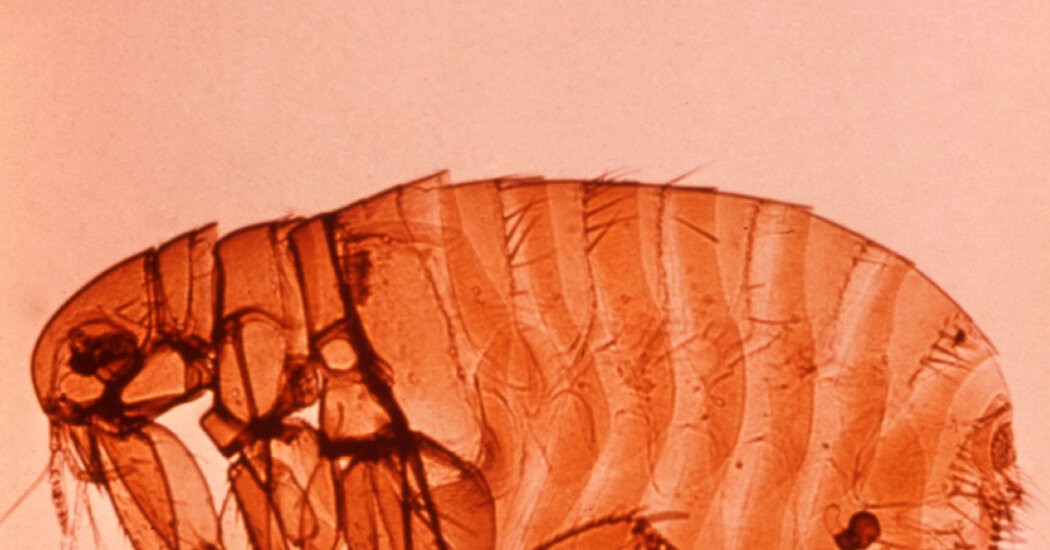
Officials in Deschutes County, Ore., announced last week that a local resident had been diagnosed with the plague — and that the resident had probably been infected by a pet cat.
The cat, which was symptomatic, died from the infection, but the human patient is currently recovering, said Emily Horton, a public health program manager for the county. No additional cases have been identified, officials said.
Although the plague is best known for killing tens of millions of people in medieval Europe, the bacterium that causes the disease still circulates. It is common in some wild rodent populations in the western United States.
“A lot of people are not aware that plague is endemic in parts of the U.S.,” said Dr. Erin Phipps, New Mexico’s state public health veterinarian. “It’s not a disease of the past.”
Human cases are rare and treatable when caught early. But the Oregon case is a reminder that cat owners and veterinarians in plague-prone places should remain alert to the risks of infection, said Dr. Sarah Lathrop, a veterinarian and epidemiologist at the University of New Mexico. “If you have a pet cat in that area that hunts outside, it has to be on your radar,” she said.
Here’s what to know:
